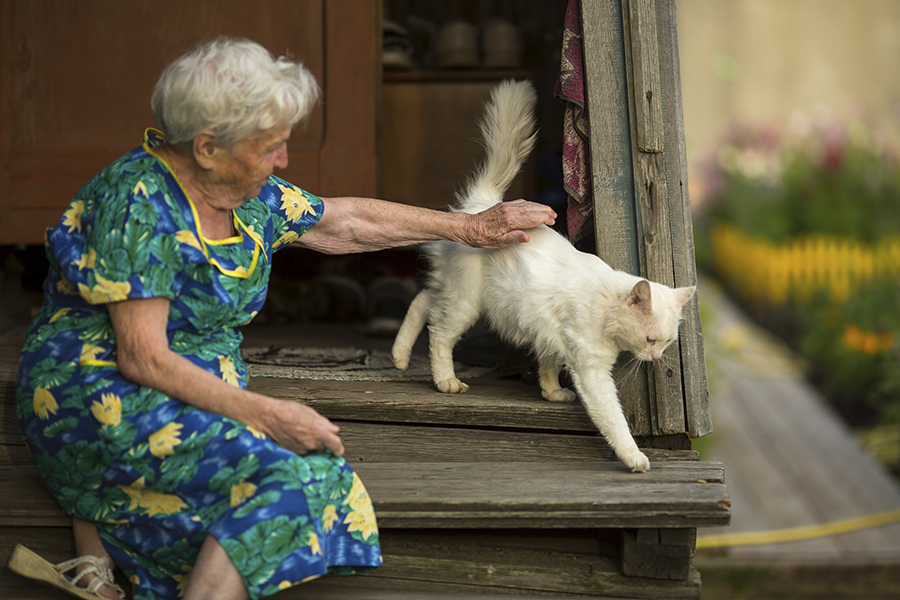Live-in Care or Care Homes – Is Home Really Where the Heart is?
Marie lives at home. It’s a home she loves, and she has lived there for over 40 years. She moved there when she got married.
It is the place where she brought her children up with her husband, and when he died three years ago, it was a comforting constant through a difficult transition.
Marie needs support now though – her daughters live away, she is less and less steady on her feet, she feels confused sometimes and gets lonely in the house on her own.
As part of an ageing population, where the number of over 60s is set to pass 20 million by 2030 according to Age UK, she isn’t unique.
As Bette Davis once memorably said, “Old age ain’t no place for sissies,” and few would argue that the traditional care choices given to the elderly and their loved ones either empower or enable them to continue to live life as fully as they might wish.
At one end of the care spectrum is a domiciliary carer that comes in for a few hours each week to help out practically, but with little consistent contact. At the other end, the residential care home – or nursing home – removes independence in daily activities as well as requires leaving behind the familiar surroundings of one’s own home, full of love and memories.
It is difficult to dislocate oneself from one’s own life to-date – and enter a world of many carers, each with little time for individual residents, and an environment alien to any they’ve experienced in their lives until that point.
Marie’s eldest daughter, in particular, worries. She is an hour away, concerned that Marie will fall, aware she is lonely and is stretched between the needs of her mother and those of her young family.
And she’s not alone. In a recent nationwide poll run by YouGov and live-in care provider, Elder, only 9% of family members charged with making elderly care decisions believe that their parent would be happy living in a care home.
The thought of “putting her mother in a home” is not one she can entertain – and indeed, fiercely independent Marie is not keen on being “put” anywhere.
Thankfully there is another little known but increasingly popular option that is also surprisingly affordable.
Live-in care can be up to 30 percent cheaper than a care home. It works by matching care recipients with carers who then move into a spare bedroom in the person’s home.
This means rather than having one member of staff looking after several people, with live-in care your relative gets one-to-one support, and much needed companionship, 24-7.
Those being cared for, and their families, can choose how much support the carer will offer in regards to day to day tasks – including cooking, cleaning, shopping and help with maintaining interests and social activities – and adjust if things change. It is this personalised level of service that is one of the key reasons that care recipients cite as being key to their choice of support.
For those requiring specialist dementia care, this focus on mental wellbeing has been shown in some cases to aid in slowing down the progression of their illness.
Thankfully as the population grows older, we’re now at the vanguard of a new kind of support for later years that – live-in care, an alternative to care homes that doesn’t need to be feared.
It’s holistic care for a more civilised age – old age – with care that puts the individual’s wellbeing first. We all deserve to live life to the fullest extent possible, regardless of the challenges of our years.
For those interested in learning more about live-in care, contact the UK’s leading provider Elder to discuss your options on 033 0134 7627.
ADVERTORIAL






















